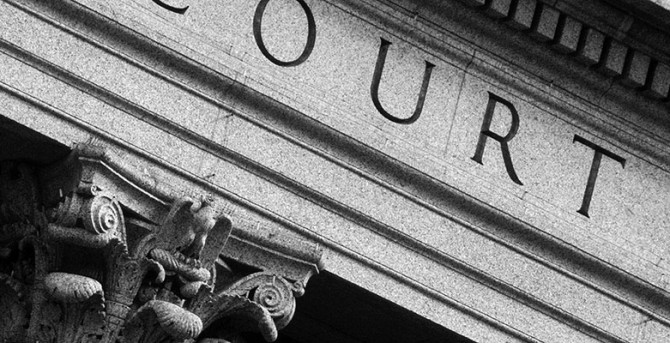The Bill of Rights and Amendments
The United States Constitution was signed on September 17, 1787 by delegates at a Constitutional Convention in Philadelphia, chaired by George Washington. The Constitution included a set of fundamental laws and also laid out how the federal government was to be structured and run. The Bill of Rights, including the first ten amendments to the United States Constitution, was signed in 1791. The goal of the bill was to reassure Anti-Federalists, who had opposed the creation of the Constitution on the grounds that having a federal government meant risking one’s rights as an individual. The Bill of Rights ensured that personal rights were guaranteed to all citizens of the United States and limited the power of the federal government by offering powers to the public and the individual states.
Legal Issues
The Bill of Rights addressed the rights and freedoms that were not clearly outlined in the Constitution. The First Amendment includes freedom of speech, press, and religion, in addition to the right to assemble freely. In the Second Amendment, American citizens are extended the right to keep and bear arms. Other amendments guarantee freedom from unreasonable search and seizure in addition to security in personal belongings and freedom from undue or unjust warrants. When accused of a serious crime, Americans can only be indicted by a grand jury. All Americans are given the right to a fast, public trial with an unbiased jury. Double jeopardy, which prevents the accused from being charged for the same crime twice following a legitimate conviction or acquittal, is also prohibited under United States law.

Affected Groups
The Bill of Rights did not actually apply to all Americans until the Fourteenth Amendment was signed in 1868, incorporating the federal Constitution in the states. Originally, it was believed that the signed Bill of Rights applied only to interactions between the federal government and the public. Each state had its own constitution, which was supposed to protect the rights and freedoms of individuals. Prior to the turn of the twentieth century, the federal government was not only small, but its role, significance, and purpose was limited in scope. As a result, the Bill of Rights became applicable to every citizen living in the United States and it still is today.
Challenges
The Bill of Rights continues to be relevant today. Indeed, some of the most controversial rights and freedoms granted to Americans are included in it. For instance, the right to keep and bear arms has come under scrutiny in the wake of school shootings and gun-related violence. Freedom of religion is another constitutional right that has proven challenging, most often in the case of religious beliefs or practices that are considered unethical by the majority of Americans, such as polygamy. Freedom of speech is also a relevant issue. While most Americans are in favor of free speech, the issue lies in when and how free speech may cause undue harm. With the prevalence of social media sites and the Internet as a mode of self-expression and communication, lawmakers wonder when to draw the line – are taunts, bullying and threats acceptable when they are written online? This is a considered a current gray area with respect to the First Amendment.
